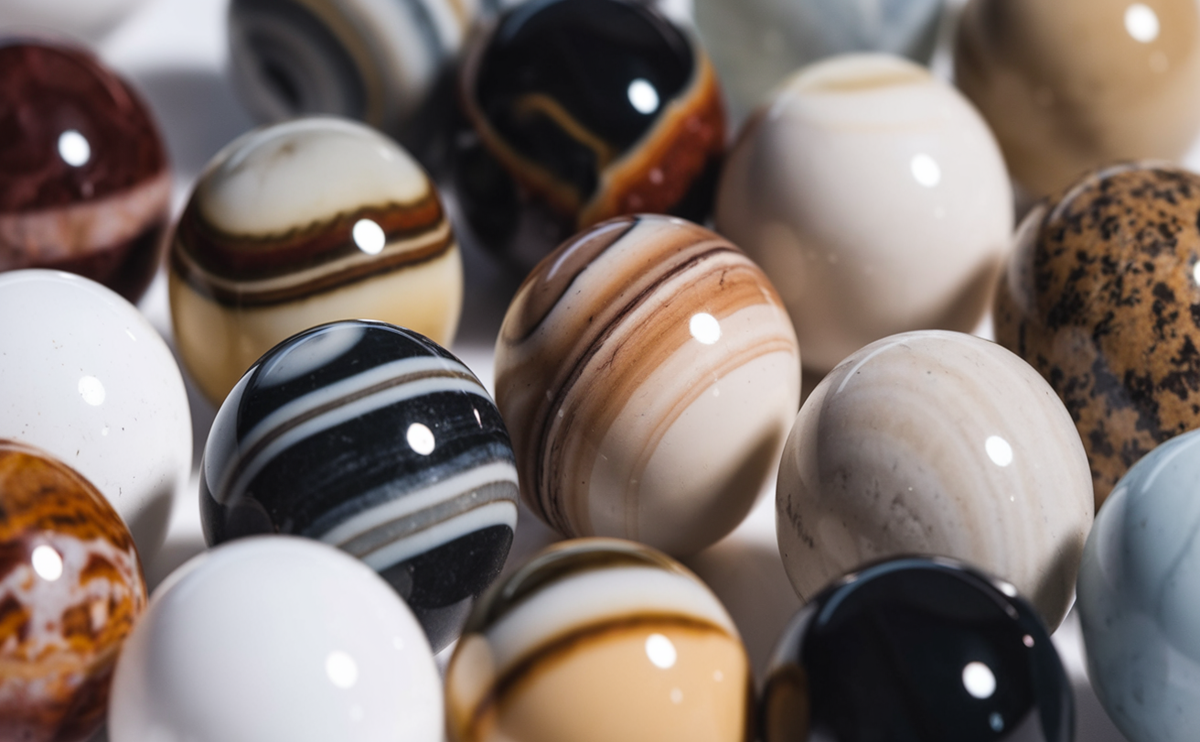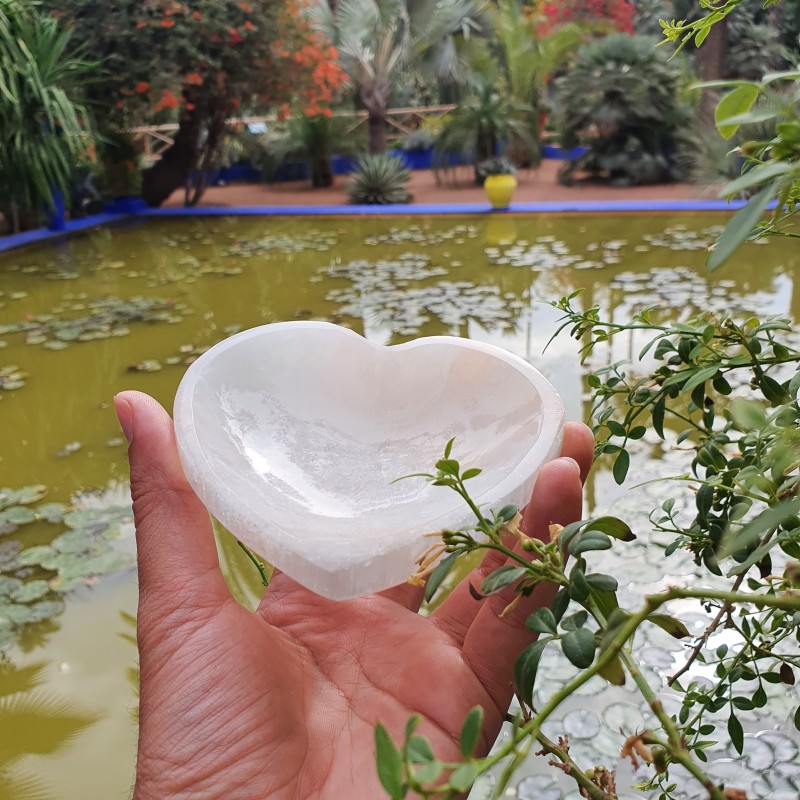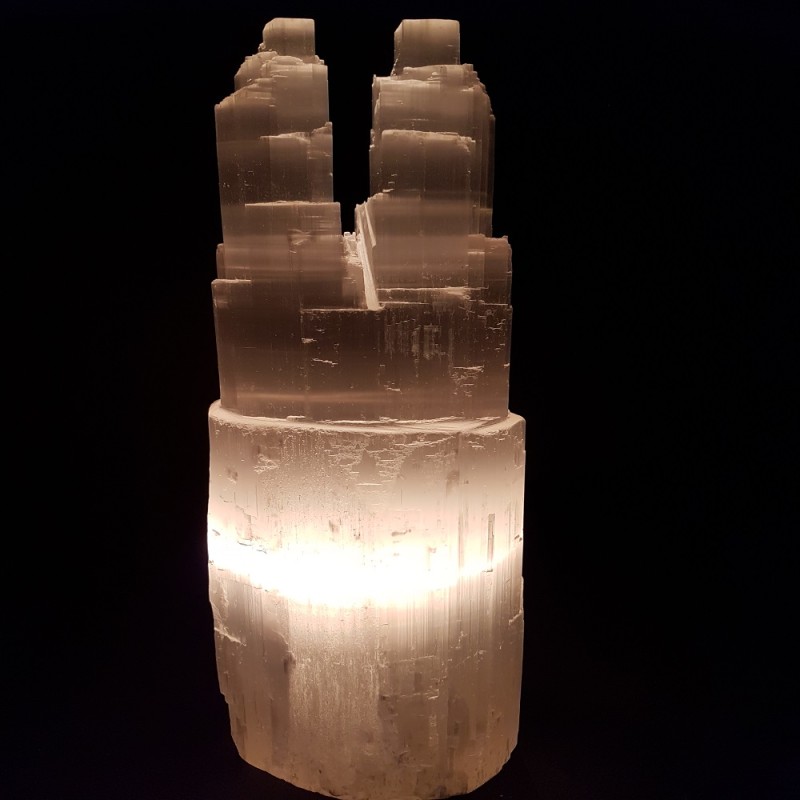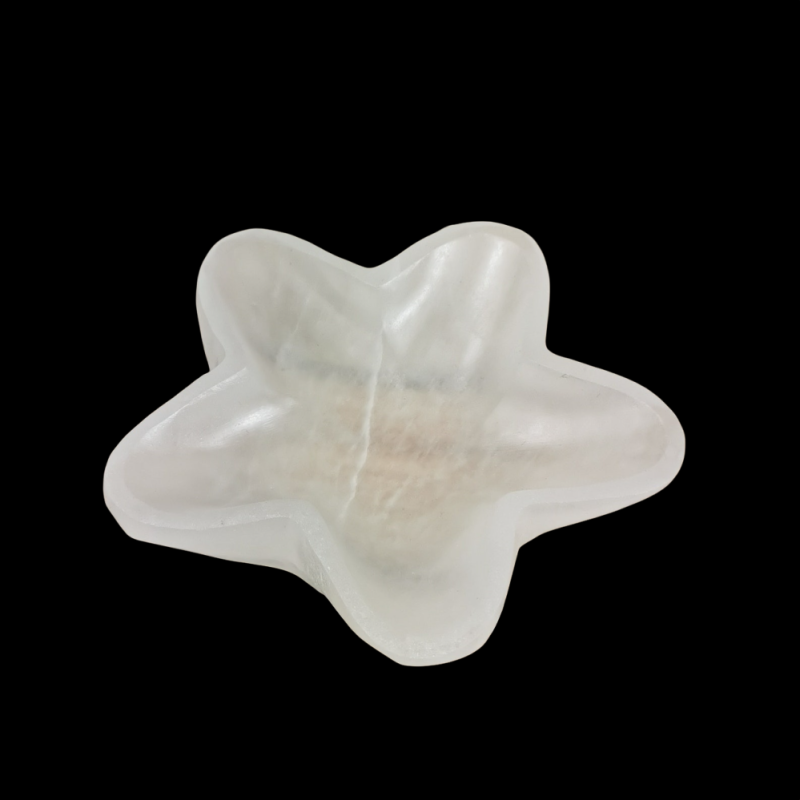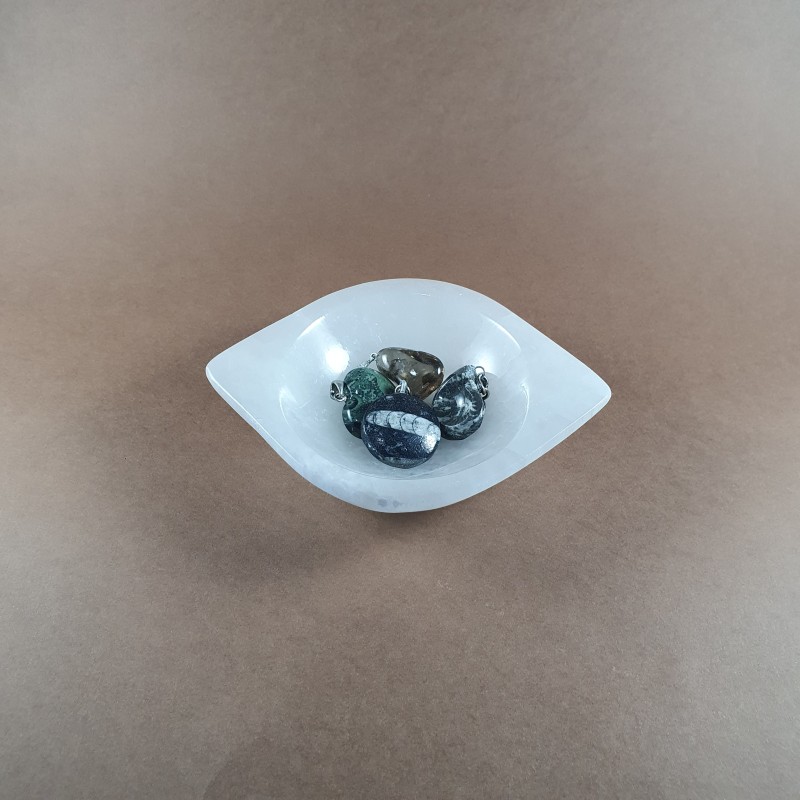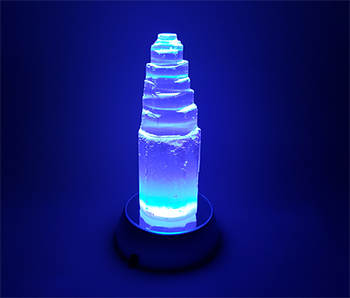Agate stones have mesmerized people for thousands of years with their stunning bands of color, intricate patterns, and countless varieties. These captivating gemstones hold a unique place in the world of minerals, prized not only for their beauty but also for their symbolic and metaphysical properties. This comprehensive guide will dive deep into the fascinating world of agate stones, covering their origins, types, uses, and much more.
In this article, Jump to
What is an Agate Stone?
Types of Agate Stones
Formation of Agate Stones
Historical and Cultural Significance of Agate
Metaphysical Properties of Agate Stones
Practical Uses of Agate Stones
Caring for Your Agate Stone
How to Identify Authentic Agate Stones
Where to Buy Agate Stones
conclusion
What is an Agate Stone?
Agate is a type of chalcedony, a microcrystalline variety of quartz. Its defining characteristic is the series of concentric bands or layers that form in vibrant colors, giving each stone a unique appearance. These bands result from the slow deposition of silica from groundwater into cavities within volcanic rocks. Over time, trace elements such as iron, manganese, and titanium influence the colors and patterns that make each agate stone distinctive.
The name “agate” traces back to ancient Greece, where these stones were first discovered along the Achates River (now known as the Dirillo River) in Sicily. Today, agate stones are sourced from all corners of the world, with prominent deposits found in Brazil, India, Madagascar, Uruguay, Morocco and the United States.
Types of Agate Stones
Agate stones come in an astounding array of colors and patterns, each type offering a unique visual and energetic experience. Here are some of the most notable varieties:
-
Blue Lace Agate
This delicate stone is prized for its pale blue hues accented with white lace-like bands. Blue lace agate is known for its calming energy, often associated with communication, clarity, and emotional balance.
-
Moss Agate
Moss agate gets its name from the green, moss-like inclusions that run through the stone. These inclusions resemble natural landscapes, making this type of agate a favorite among nature lovers. Moss agate symbolizes growth, abundance, and new beginnings.
-
Fire Agate
A rare and vibrant variety, fire agate dazzles with its iridescent flashes of red, orange, and gold. Its fiery appearance is caused by layers of limonite or iron oxide trapped within the stone. Fire agate is said to offer protection and inspire creativity.
-
Crazy Lace Agate
Dubbed the “Laughter Stone,” crazy lace agate features swirling patterns of vibrant colors such as red, orange, yellow, and white. This cheerful stone is believed to promote happiness and encourage optimism.
-
Dendritic Agate
Also known as the “Stone of Plenitude,” dendritic agate showcases tree-like or fern-like inclusions. It symbolizes personal growth, inner stability, and a deep connection to nature.
-
Botswana Agate
This elegant variety is known for its soft pink, gray, and peach hues. Botswana agate is associated with emotional healing and soothing stress.
-
Banded Agate
True to its name, banded agate features striking, symmetrical lines in various colors. It is often used in jewelry and meditation practices.
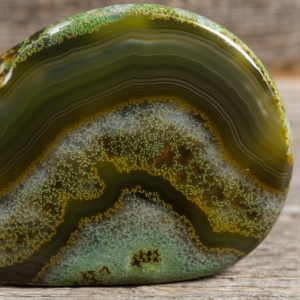
Formation of Agate Stones
The formation of agate stones is a geological marvel. These stones typically develop in volcanic regions where lava flows create cavities in the rock. Over millions of years, silica-rich water percolates into these cavities, depositing layer upon layer of minerals. The variations in temperature, pressure, and mineral content during the deposition process create the characteristic bands that define agate.
The slow formation process makes agate stones incredibly durable, with a Mohs hardness rating of 6.5–7. This durability, coupled with their captivating appearance, makes agate a popular choice for jewelry and decorative items.
Historical and Cultural Significance of Agate
Agate has been cherished across cultures and centuries for its aesthetic and symbolic value. In ancient Egypt, agate was used to create amulets and talismans to protect the wearer from harm. The Greeks and Romans carved agate into seals, signets, and decorative objects. During the Renaissance, agate was highly valued for its artistic and ornamental uses, often adorning royal jewelry and religious artifacts.
In Native American traditions, agate was considered a powerful tool for spiritual healing and communication with the spirit world. Today, agate continues to be revered for its grounding and protective qualities.
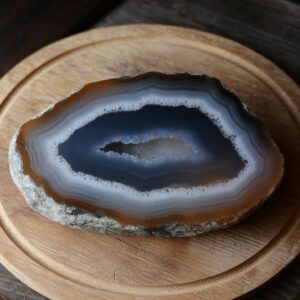
Metaphysical Properties of Agate Stones
Agate stones are celebrated in metaphysical practices for their calming and stabilizing energy. Each variety of agate offers unique benefits, but some general properties include:
- Grounding and Stability: Agate is known for its ability to ground emotions and provide stability in chaotic times.
- Emotional Healing: It is said to help release negative emotions, foster self-acceptance, and promote inner peace.
- Spiritual Growth: Agate stones are believed to enhance intuition, focus, and clarity, making them ideal for meditation.
- Energy Balance: Agate’s gentle vibrations are thought to harmonize the body’s energy fields, encouraging overall well-being.
Practical Uses of Agate Stones
Agate stones are as functional as they are beautiful, finding use in various applications:
- Jewelry
Agate’s durability and stunning patterns make it a favorite choice for rings, necklaces, bracelets, and earrings. The variety of colors ensures there’s an agate stone to suit every taste and occasion.
- Home Décor
Polished agate slices are popular as coasters, bookends, and wall art. Their natural beauty adds a touch of elegance to any space.
- Meditation and Healing
In crystal healing practices, agate is used to promote mindfulness, and enhance meditation. Holding or wearing agate during meditation can deepen your connection to the earth’s energy.
- Feng Shui
Agate stones are often used in Feng Shui to harmonize energy and bring positive vibrations into the home or workspace.
- Art and Craft
Artists and designers use agate for creating stunning sculptures, mosaics, and other decorative items.
Caring for Your Agate Stone
Proper care ensures that your agate stone remains vibrant and energetically charged:
- Cleaning: Wash your agate with warm water and mild soap. Avoid harsh chemicals or abrasive materials that could damage the stone’s surface.
- Recharging: Place your agate under moonlight or in a bed of sea salt to cleanse and recharge its energy.
- Storage: Store your agate in a soft pouch or cloth to prevent scratches from other stones or hard surfaces.
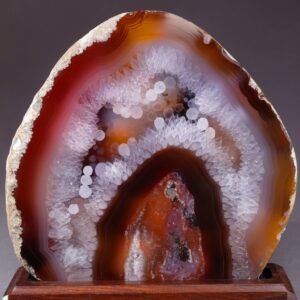
How to Identify Authentic Agate Stones
When purchasing agate stones, ensure their authenticity by following these tips:
- Check the Banding: Real agate stones have natural, irregular banding. Synthetic versions may appear overly uniform.
- Feel the Weight: Genuine agate is heavier than fake counterparts made of plastic or glass.
- Seek Certification: Buy from reputable sellers who provide certificates of authenticity.
Where to Buy Agate Stones
Agate stones can be purchased from gemstone retailers, online shops, and specialty markets. When shopping online, look for detailed descriptions and high-quality images. Reputable sellers often include information about the stone’s origin and properties.
Conclusion
Agate stones are truly extraordinary gems, combining natural beauty, historical significance, and metaphysical power. Whether you are drawn to their intricate patterns, healing properties, or practical uses, agate stones offer endless possibilities for personal and decorative purposes.
By understanding their origins, types, and benefits, you can fully appreciate the timeless allure of agate stones. Whether you’re a collector, jewelry enthusiast, or spiritual seeker, adding agate to your life is a decision that promises beauty, balance, and inspiration.

